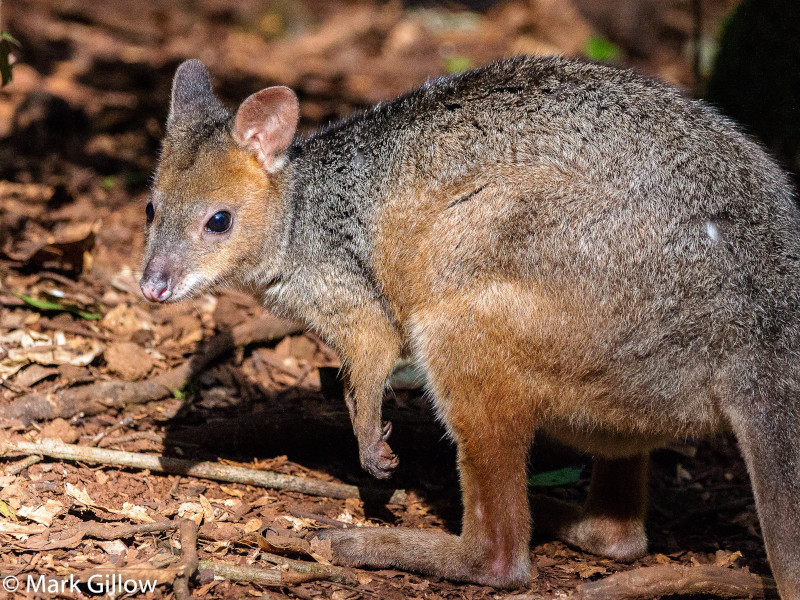
Red-legged Pademelon Facts
- The unusual, if admittedly descriptive, term of Red-legged Pademelon serves as the most frequently used common name for this mammal. This wonder of Nature does have at least one other general title, though. That’s the very similar appellation of Red-necked Pademelon.
- Inside the scientific community, however, it’s perhaps much better known by its technical moniker. Like most such designations, though, that’s a somewhat difficult tag for the layperson to pronounce. That’s because it holds the formal epithet of Thylogale stigmatica.
- This intriguing creature received that specific honorific due to the efforts of John Gould. The respected English ornithologist accomplished the first official recognition of it as a fully separate and distinct species. He managed that scientifically noteworthy feat in the year 1860.
- The marvelous species actually stands out to science for a wide variety of reasons. Currently, a total of four known subspecies of the marsupial exist. It also presently represents the only known creature of its kind, a wallaby, to reside within its specific variety of climate.
- Fortunately, overall, the surprising Red-legged Pademelon appears to be maintaining a population base that’s both stable and sufficient. That pleasant fact further seems to hold true across most of its range. The IUCN therefore currently lists it as Least Concern.
- The wonder of Nature and evolution nevertheless still faces many potential threats to its continued existence. Like most species alive today, most of these stem from the actions of mankind. They include the related perils posed by habitat loss and climate change.
Related Articles
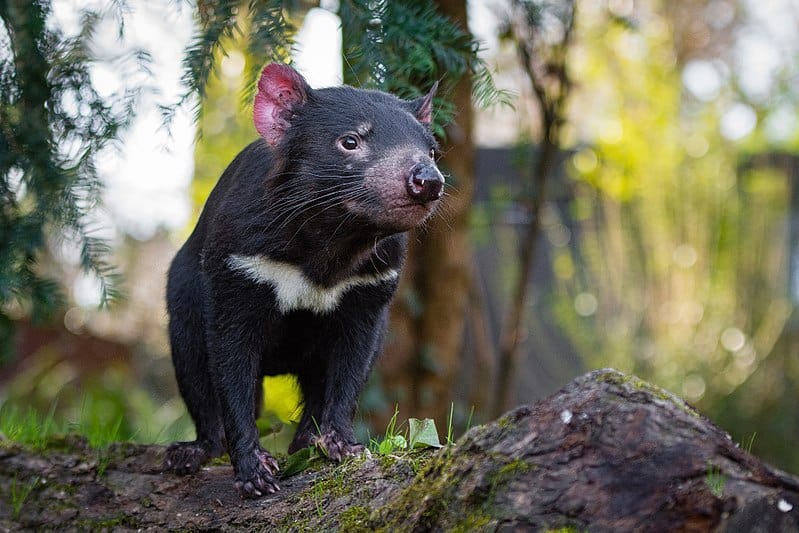
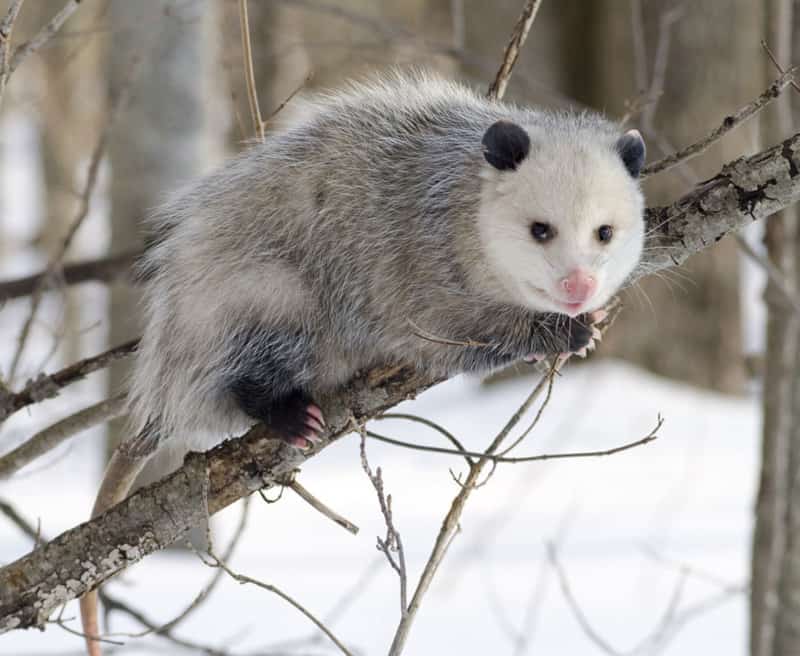
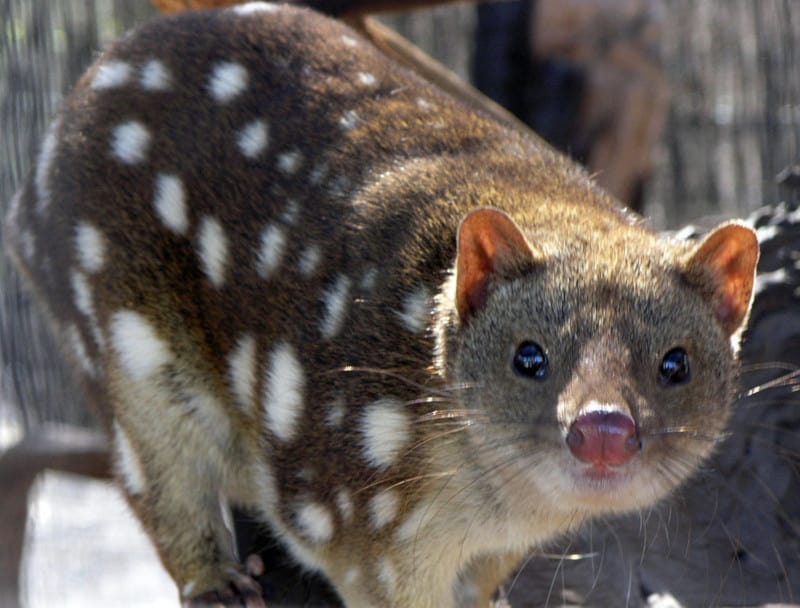
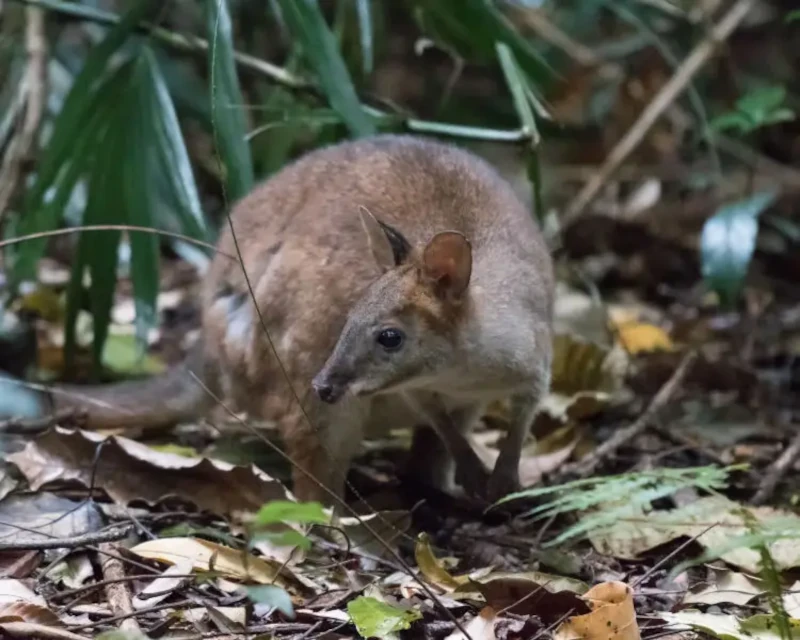
Red-legged Pademelon Physical Description
The fabulous Red-legged Pademelon rarely fails to captivate those individuals fortunate enough to encounter the mammal in the wild. Though it does so for numerous reasons, sheer size doesn’t rank among them. That’s because it’s actually relatively small compared to other macropods.
In that particualr respect, however, it does typically demonstrate a tendency shared by many species on earth. That’s in the fact that it displays a certain degree of the physiological characteristic of sexual dimorphism. In its case, this trait manifests itself purely in terms of physical size.
More precisely, males of the species tend to achieve greater measurements in all respects than females. The differences, though, remain relatively minor. Overall, body length averages roughly between 18 – 26 in (45 – 65 cm). Weights, meanwhile, usually range from 6.6 – 17.6 lb (3 – 8 kg).
The intriguing animal evolved a small, rounded head displaying large, expressive eyes and rounded ears. The facial fur may also be slightly lighter than the body fur. Its tail is also relatively short compared to other macropods. The appendage typically has a similar color to the body fur.
It’s the coloring itself of the aptly-named Red-legged Pademelon that generally garners the most attention from its many admirers, however. That’s soft and dense, with a reddish-brown coloration on the back, which changes to a lighter, more orange-brown shade on the sides and belly.
The fur on its legs and neck additionally often develops as noticeably darker, though. This serves as the source of the common name. Its rear legs also evolved as relatively short compared to most other macropods. And, as a marsupial, it also has a small pouch used for carrying its young.
- Kingdom: Animalia
- Phylum: Chordata
- Class: Mammalia
- Order: Diprotodontia
- Family: Macropodidae
- Genus: Thylogale
- Species: T. stigmatica
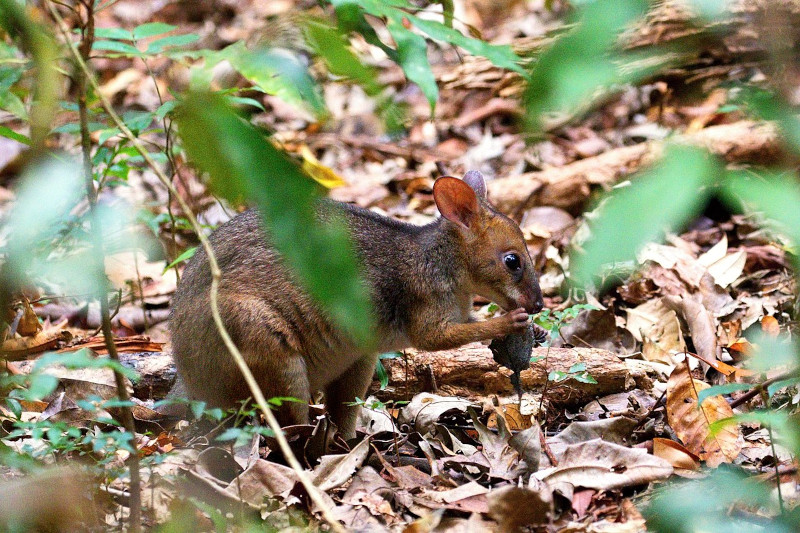
Red-legged Pademelon Distribution, Habitat, and Ecology
Regrettably, the remarkable Red-legged Pademelon inhabits an extremely limited portion of the surface of the earth. The location of that zone of habitation, however, likely won’t surprise many people, given its own exotic nature. That’s true since it’s native to part of Australia.
Yet, even there, it remains restricted to only the approximate northeastern section of the landmass. That places it within the portion known as Queensland. And even within that tiny region of the globe, it’s limited to only the most northeastern sections of the already tiny area itself.
The creature displays decidedly clear preferences regarding its choice of habitat type. Due to this favoritism, it spends the vast majority of its time in regions formed of dense rainforest, characterized by lush vegetation, including tall trees, dense undergrowth, and a variety of plants.
These marsupials are typically found deep in the understory of the rainforest, where they forage for their food and find shelter from their natural predators. They’re also well known to inhabit forest edges and various areas with dense vegetation near water sources, such as streams or creeks.
The Red-legged Pademelon feeds entirely as a herbivore, principally feeding on a wide variety of plant matter. Its diet consists of leaves, fruits, flowers, and grasses found within its habitat. It’s also known to be a somewhat selective feeder, often selecting tender young leaves and fruits.
The animal also evolved as primarily nocturnal or crepuscular in behavior, meaning it’s most active during the periods of dawn, dusk, and nighttime. It’s at this time that the majority of its activities take place, including feeding and mating. A maximum lifespan usually measures about 9.7 years.
During that time, howewever, the biological wonder frequently plays an important role in shaping plant communities within its habitat through its feeding behavior. It may also serve as prey for predators within the rainforest ecosystem, contributing to the balance of predator-prey dynamics.
Species Sharing Its Region
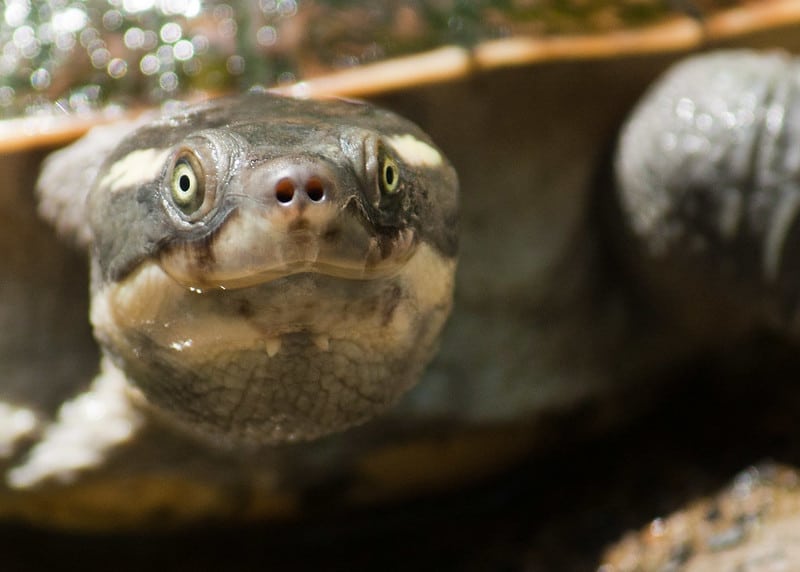
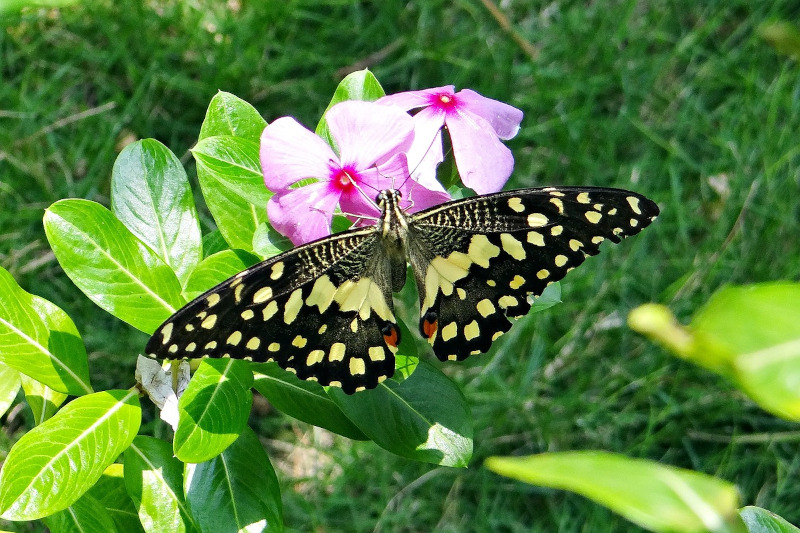
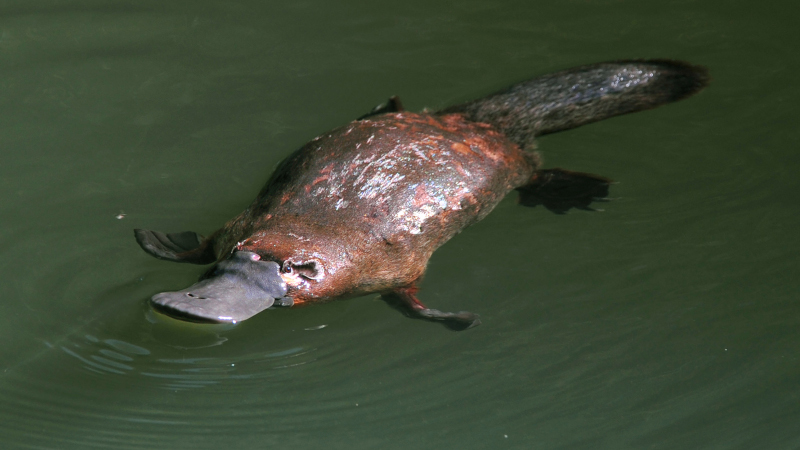
Check out our other articles on 3 Wondrous South American Waterfalls, Guiana Dolphin, Yellowstone Lake, Rose’s Ghost Frog, Blood Iris, Achemon Sphinx Moth, Weka, Orinoco Crocodile









Leave a Reply